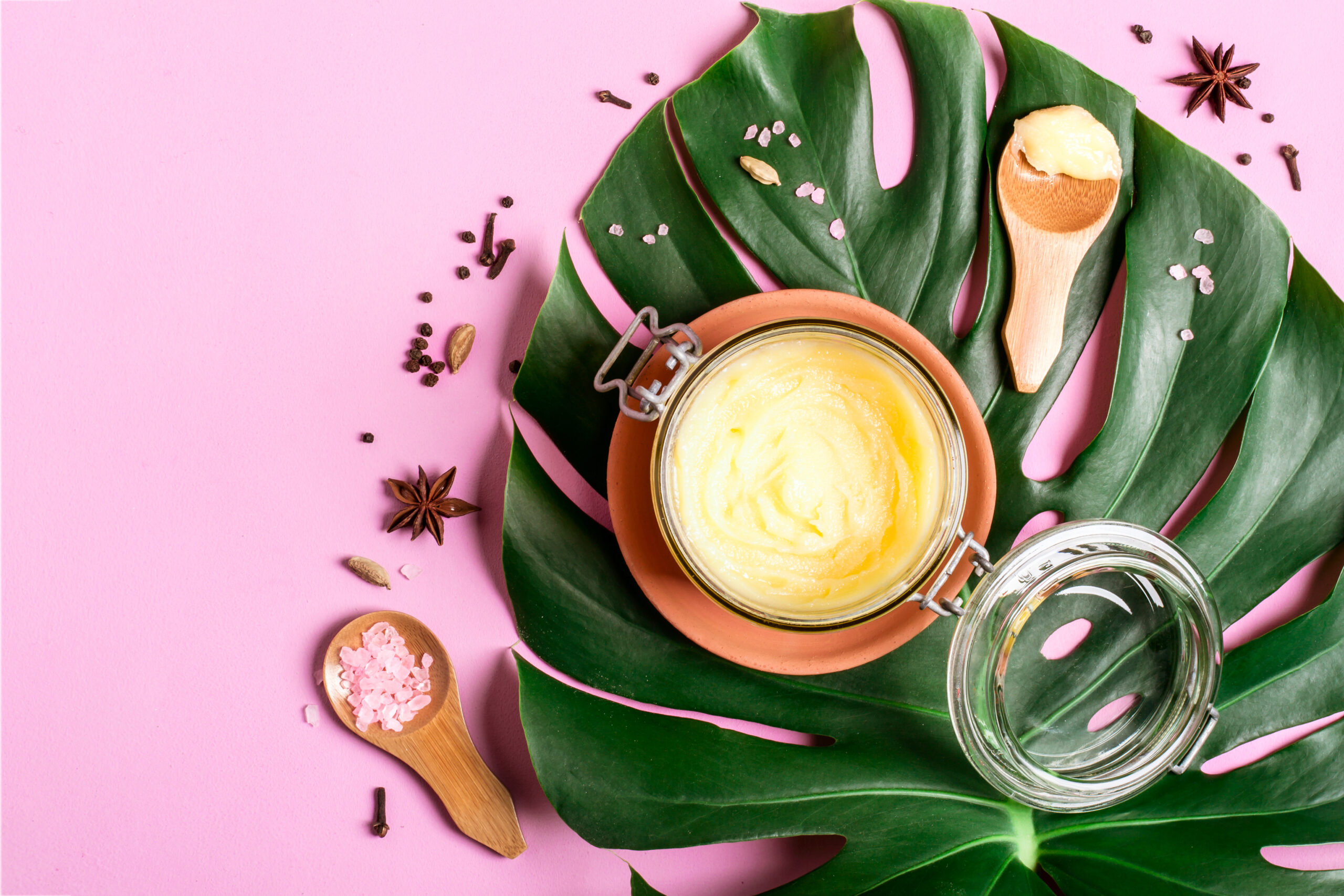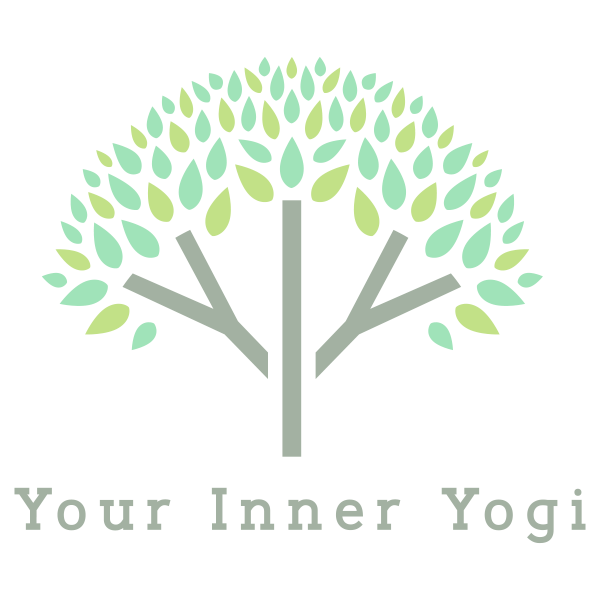
Try this Ayurvedic Staple for a Wellness Boost this Winter
According to Ayurveda, yoga’s sister science, certain foods can help balance seasonal attributes that may throw our minds and bodies off kilter. Cold temps, damp weather and grey skies can take a toll on our mood and energy level during the winter months. Enter ghee (a type of clarified butter). With its sunny golden color and rich nutty flavor, this Ayurvedic “superfood” offers a number of benefits to help you get back on the bright side of winter.
What is Ghee?
Ghee is made from one simple ingredient: butter. Good butter; preferably unsalted and from grass-fed cows. It clarifies when heated at a low temperature, meaning all of the milk solids have cooked off. The curdled milk proteins and sugars and are then discarded, leaving only the purest form of the butter. Ghee is widely considered as suitable for those with lactose intolerance (though allergies vary by person, of course). Since it is made from animal fat, it’s not suitable for a vegan diet though it is vegetarian-friendly.
Ghee’s Golden Benefits
Ghee has been a staple in Ayurvedic living for thousands of years and began as a medicinal ingredient in healing recipes. It’s believed to enhance life-energy, known as ojas. Ancient texts like the Sushruta Samhita cite ghee’s benefits for soothing inflammation, which can be associated with warmer weather. But ghee’s advantages can be felt during winter as well. Ghee is believed to assist with:
- Immune system support. Ghee contains medium-chain and short-chain fatty acids like lauric acid, which has antimicrobial and antifungal properties to help you ward off that winter cold. Ghee also contains antioxidants that bolster immune function in the face of environmental stressors.
- Moisturizing skin. Dry scalp and general dryness of the skin are common during this season. Try a weekly scalp massage using ghee before shampooing your hair or rubbing a dab on cracked lips to provide a soothing barrier. Ghee’s fatty acids are wonderful for hydration.
- Energy boost. Slow and sluggish? Once again, ghee’s fatty acids save the day. They’re used by the body as energy rather than being stored in the tissues (contributing to weight gain). Our bodies need a moderate amount of healthy fats for optimal performance, like Omega-3s provided by a serving of ghee.
Other benefits include aiding flexibility by helping to lubricate the joints, promoting healthy digestion, boosting heart health and more.
Getting Started
While Ayurveda does recommend certain foods for certain benefits, you don’t have to adopt a strict eating regimen to start noticing changes. Small tweaks—like swapping cold drinks for warm ones during the winter or using ghee instead of regular butter—can help you eat with more intention. While you can purchase a jar for around ten bucks in the health food section of most local groceries including Kroger, Sprouts and Trader Joes, going the DIY route can be a cost effective and fun process. Unlike unclarified butter, ghee can stay fresh for months in a tightly sealed jar and doesn’t require refrigeration. To make it at home:
- Place one pound of organic unsalted butter in a sauce pan or small crockpot.
- Cook over medium heat to a slow boil.
- Simmer uncovered for between 45-60 minutes (two and a half hours for crockpot).
- Once milk solids have settled and foam rises to the top, strain with filter or cheesecloth into a glass jar.
- Ghee will be a golden pale golden liquid.
YIY teacher and Ayurvedic Yoga Specialist Kandace Stewart suggests adding different herbs and spices to the ghee during the cooking process, like saffron, and doing a mediation as aromas fill the room. For a delicious and warm breakfast, slice a fresh apple and simmer over low to medium heat with one to two teaspoons of ghee and nutmeg, allspice, cinnamon and/or ginger to taste.
Got Ghee?
Have you tried ghee or other Ayurvedic tips? Comment to share how you adjust your foods and routines with the season. For additional winter wellness tips, including yoga poses, check out this post.
Disclaimer: This content including advice provides generic information only. It is in no way a substitute for qualified medical opinion. Always consult a specialist or your own doctor for more information.

